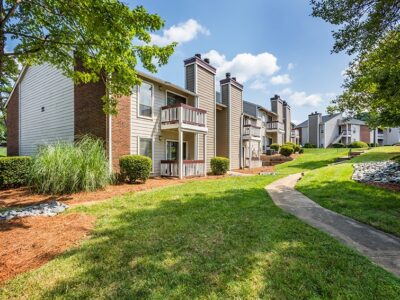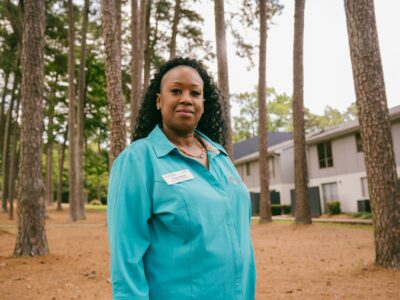Built for Zero is a movement of over 80 communities working to measurably end homelessness, one population at a time. Communities in Built for Zero have adopted a data-driven methodology to change how Continuums of Care and homeless response systems work and the impact they can achieve. Read on to learn what a Continuum of Care is, how it fits into the homeless response system, and how Built for Zero works with both.
What is a homeless response system?
In general, the term “homeless response system” refers to the various organizations and entities within an area that serve homeless individuals and families. These providers can include nonprofit organizations, housing authorities, local and federal government agencies, faith-based organizations, the VA, shelter providers, and other homeless coalitions.
What is a Continuum of Care?
The most structured piece of the homeless response system, which receives funding from The Department of Housing and Urban Development, is known as a Continuum of Care (CoC). HUD designed the CoC structure to promote community-wide planning and strategic use of resources to address homelessness by nonprofits, state and local governments, and other service providers.
According to HUD, the CoC program is intended to:
- improve coordination and integration with mainstream resources and other programs targeted to people experiencing homelessness
- improve data collection and performance measurement
- And allow each community to tailor its programs to the particular strengths and challenges in assisting homeless individuals and families within that community
How do CoCs fit in the homeless response system ?
A homeless response system includes organizations officially part of a CoC and those who may not contribute to or participate in the formal structure of a CoC. While these non-CoC entities may have different jurisdictions or funding systems, the CoC is often working to engage and coordinate with other agencies in the area and bring them to the table.
Across the U.S. there are over 400 CoCs in total, and each is led by one agency or provider, called the Collaborative Applicant or CoC Lead, along with a CoC Board. The geographic boundaries of CoCs have been drawn over the years based on the allocation of funding to different projects within each U.S. state. This has resulted in confusing CoC boundaries that often criss-cross county and city borders and jurisdictional lines.
Every year, HUD distributes funding based on applications submitted by the Collaborative Applicant, which represent the needs of all of the providers throughout the geographic boundaries of their CoC. The distributed funding can be used to cover projects under five different CoC program components. These are:
- Permanent housing
- Transitional housing
- Supportive services only
- Homeless Management Information System (HMIS)
- And in some cases, homelessness prevention
Where does Built for Zero fit in?
Built for Zero works directly with Continuums of Care to help their communities change how local homeless response systems work and the impact they can achieve. Because Continuums of Care play a formal coordination role designated by HUD, each local Built for Zero team must have CoC representatives at the table participating in the efforts.
The organizations and agencies that comprise a BFZ community work to establish a shared aim of reaching functional zero for one or more populations on the way to ending homelessness for all. Functional zero is a milestone that indicates a community has measurably ended homelessness for a population — and that they are sustaining that end. As such, success is measured by whether they are driving population-level reductions in homelessness, rather than program-level outcomes.
Built for Zero communities have a comprehensive, real-time understanding of the changing population of people experiencing homelessness. By-name lists allow systems to understand the population experiencing homelessness, and remove the systemic and individual barriers that stand in their way.
With this information, communities can test changes and understand whether those efforts are driving down the number of people experiencing homelessness. This data is also critical to making targeted investments to ensure the greatest possible reductions in homelessness.




